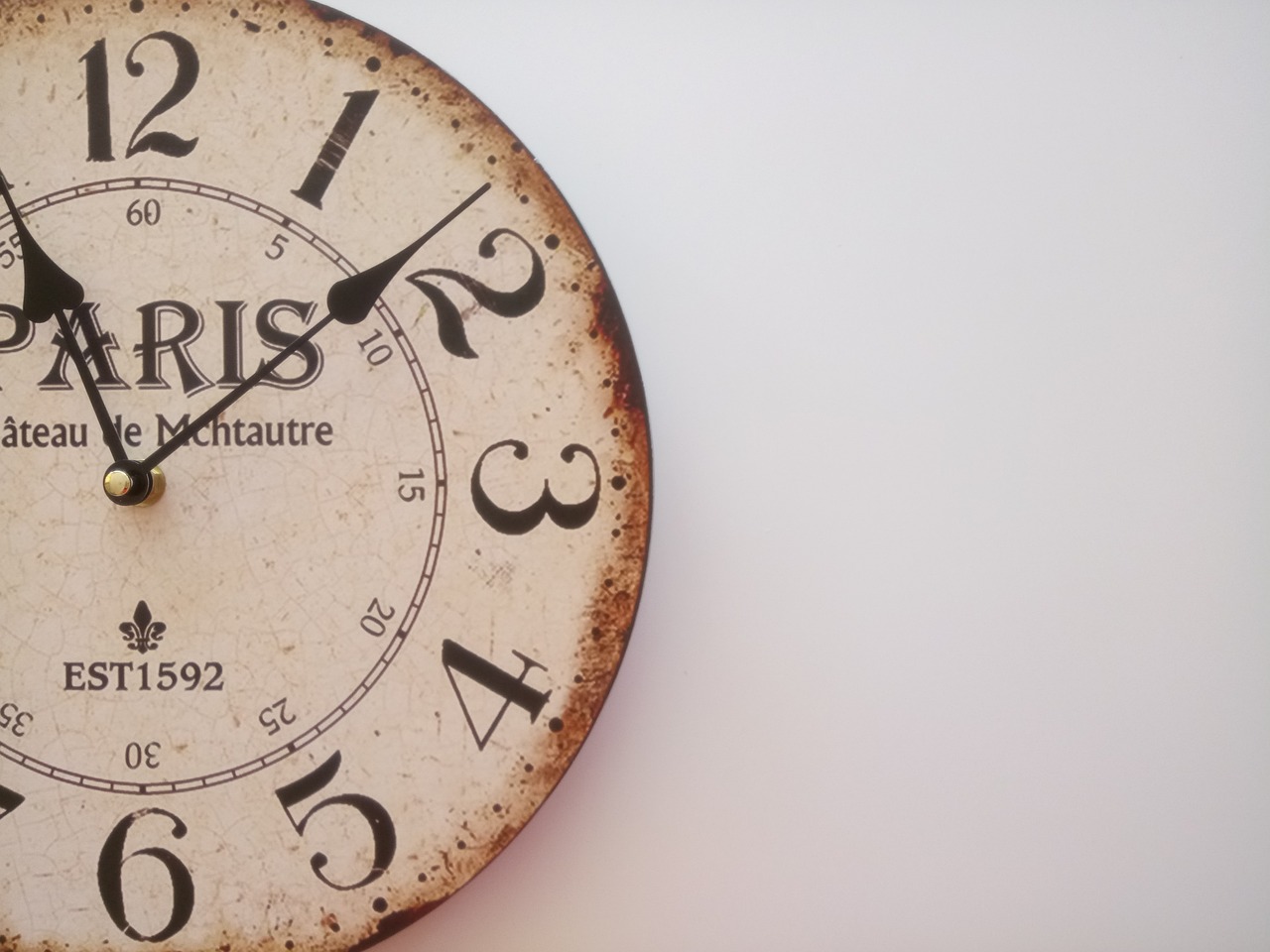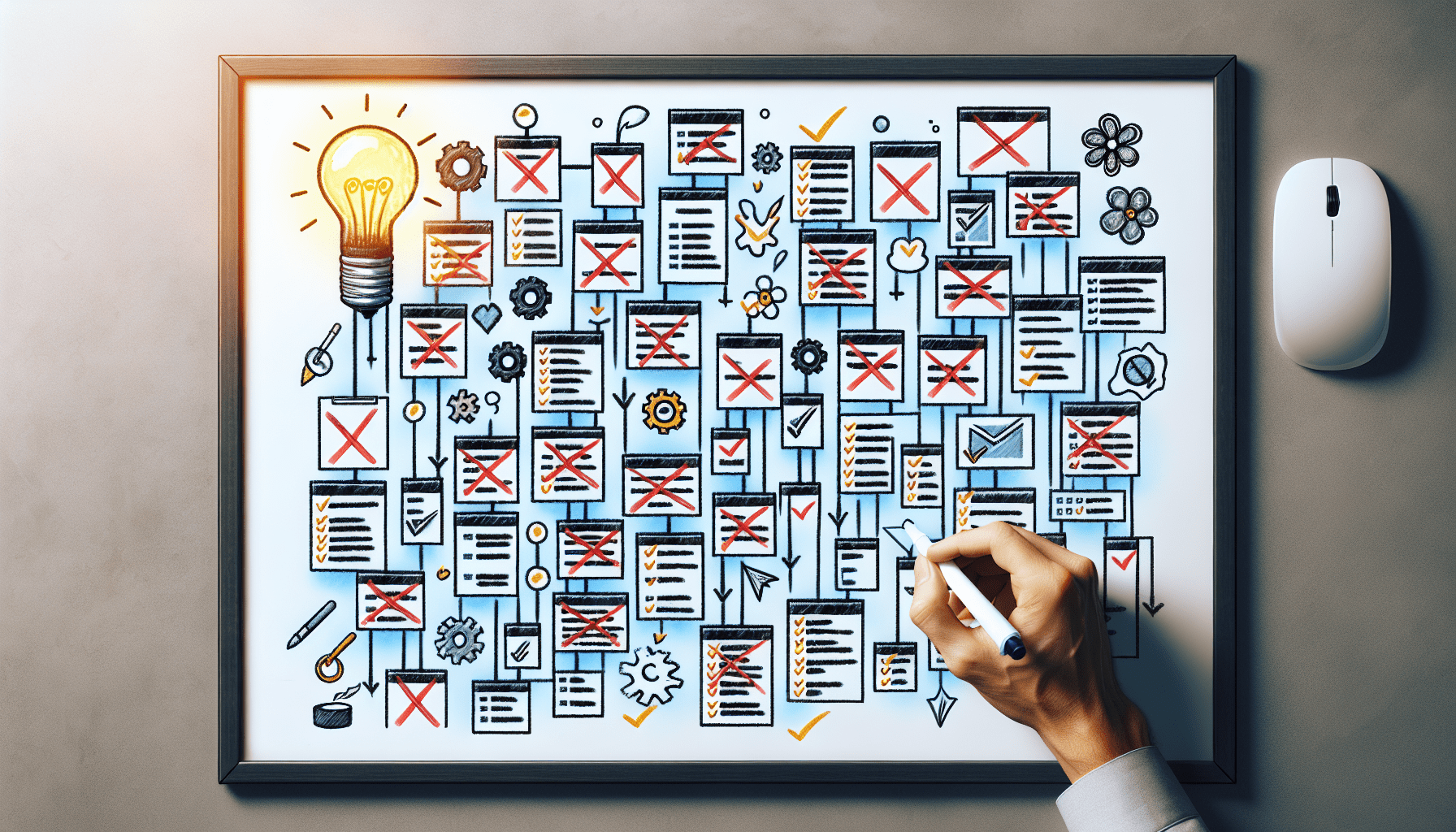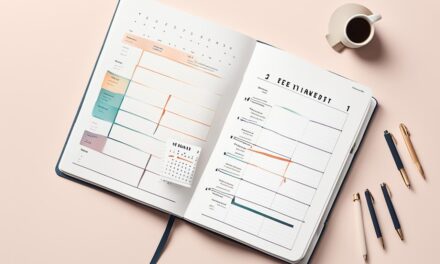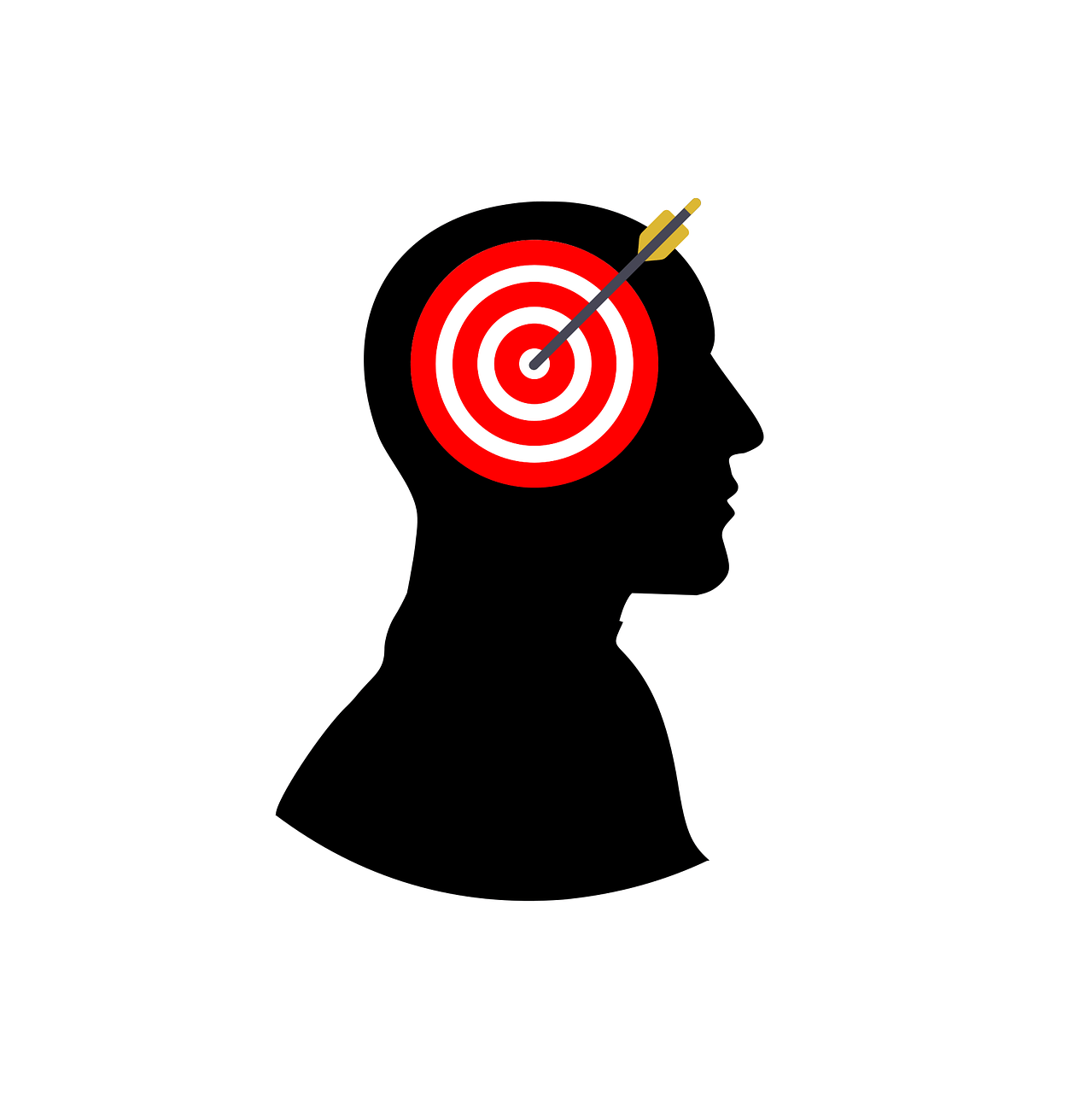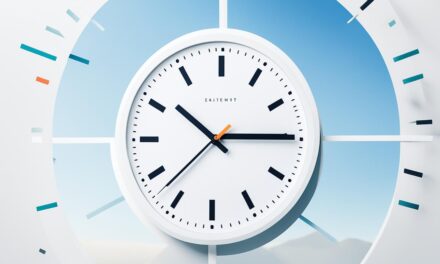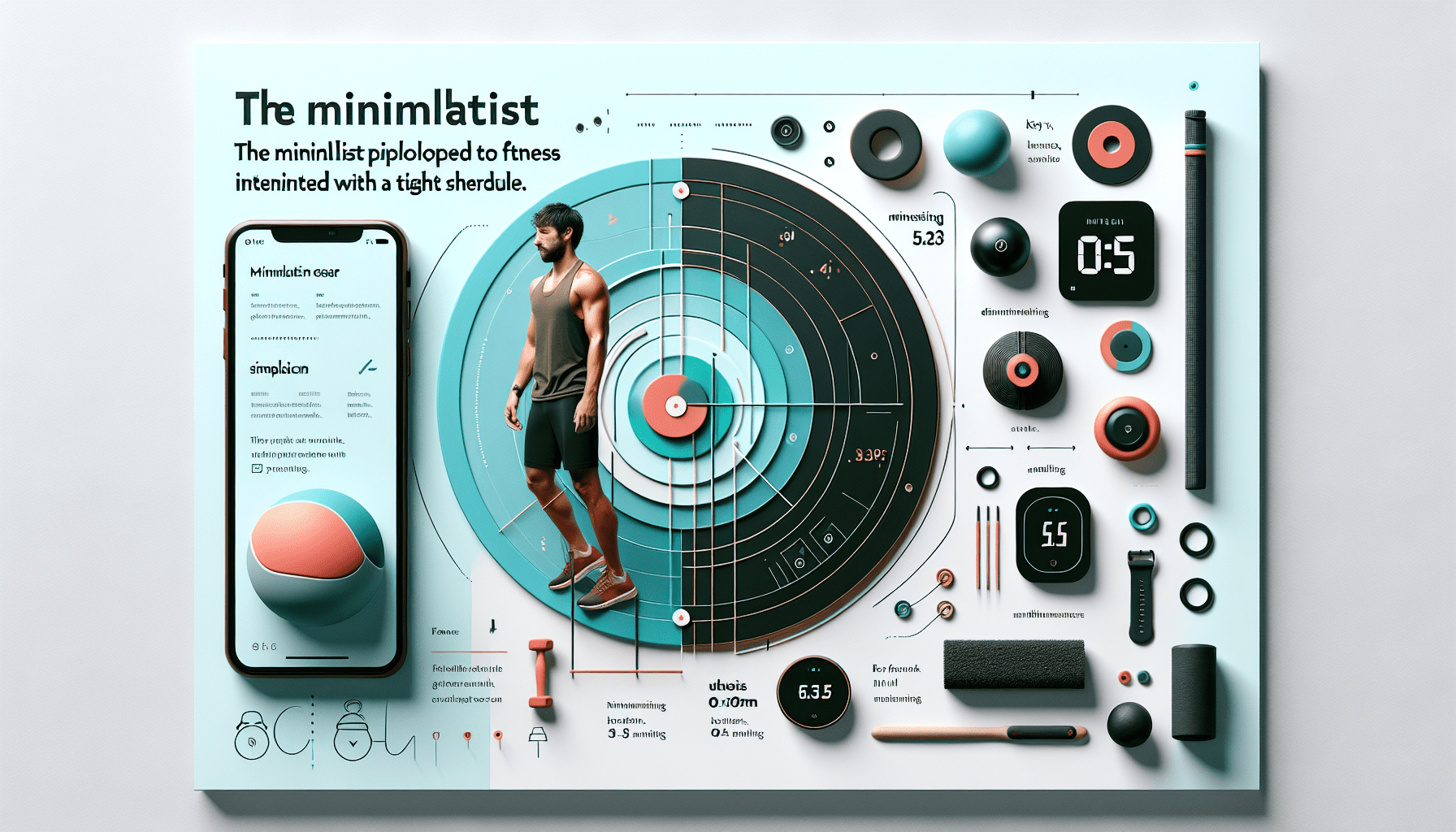
Master Time with Minimalism: Essential Techniques
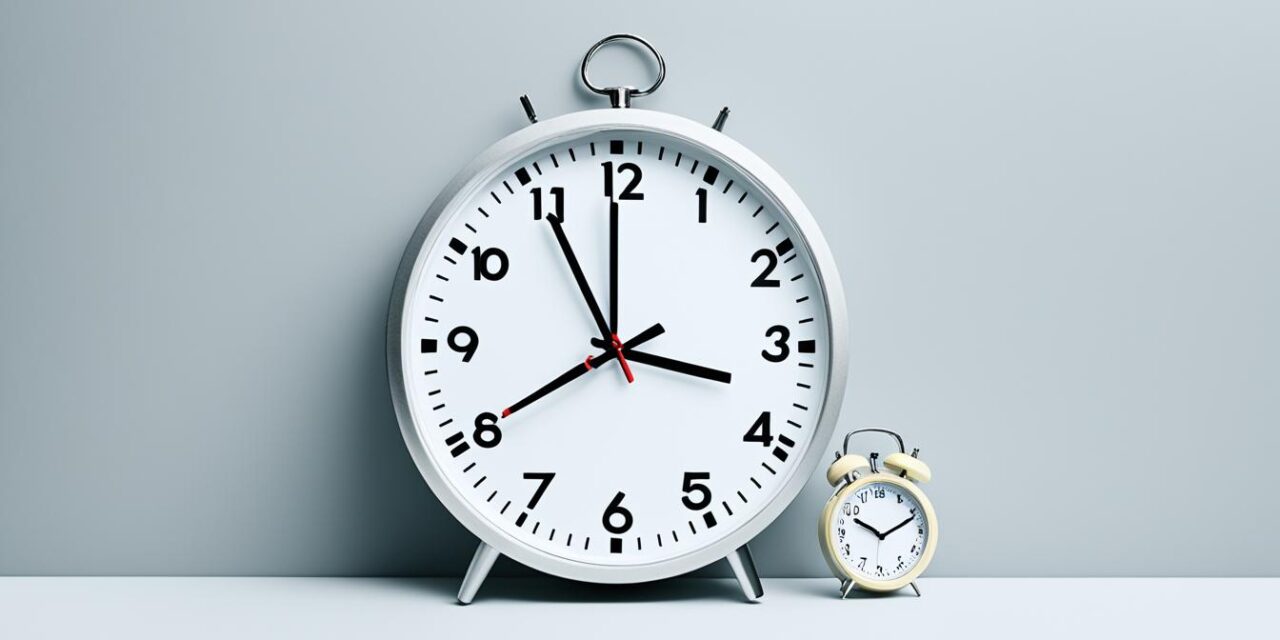
Can embracing a minimalist approach be the answer to our modern-day time management woes?
Minimalism isn’t just about decluttering our physical spaces. It’s also a powerful tool for managing our time. By focusing on what truly matters, we can escape the chaos of excess. This leads to more meaning in our daily lives.
Joshua Fields Millburn and Ryan Nicodemus of The Minimalists highlight this lifestyle. They show that minimalism saves time and boosts our well-being. It offers a path to a more efficient lifestyle.
Imagine leading a life where every moment is intentional. Every task has a purpose, and every possession brings joy. By using strategies like the Pomodoro Technique and the 80-20 rule, we can simplify our schedules. This starts our journey to an efficient lifestyle by letting go of what’s not important.
Key Takeaways
- Minimalism helps declutter both physical space and time, leading to a more fulfilling life.
- Embracing minimalist time management techniques can significantly boost productivity.
- The Pomodoro Technique is an effective method to break tasks into manageable intervals.
- Batching similar tasks together can streamline workflows and reduce time wasted.
- Pursuing a minimalist approach encourages intentional living and prioritising what truly matters.
Introduction to Minimalist Time Management
Minimalist time management is all about making intentional choices to clear our lives of clutter. It helps us focus on what’s truly important. This way, we can greatly improve our Streamlined Productivity and make Simplified Task Planning easier.
Popularised by figures like Fumio Sasaki, the minimalist lifestyle means having fewer possessions and commitments. It helps us value our belongings more and eases the mind from managing too much.
Someone who has been into minimalism and time management for nearly 10 years says it leads to making deliberate choices. This keeps clutter away and makes managing time better.
Setting artificial deadlines and focusing on key habits works well. Over 12 years, the author has shown how prioritising important tasks and avoiding constant switching helps a lot. For example, dedicating specific times for emails boosts productivity.
Keeping routines and systems also gives us freedom and helps us make the most of each day. A simple 3-step process to declutter our schedule can take back control of our time and greatly improve Streamlined Productivity.
By applying minimalist principles, we can make Simplified Task Planning easier and live a more fulfilling life. Decluttering our schedules not only clears space but also boosts productivity. It lets us focus on the most important tasks.
Minimalist time management is a tool for better efficiency, less stress, and a clearer, more intentional life. It’s about getting rid of the unnecessary. This way, we can use our time and energy on what really matters.
The 90 Day Rule: Effectively Declutter and Save Time
The 90 Day Rule is a key strategy by Joshua Fields Millburn and Ryan Nicodemus of The Minimalists. It’s a simple yet powerful way to declutter by thinking deeply about what we own. This method helps simplify our lives and boosts our productivity.
Understanding the 90 Day Rule
The 90 Day Rule is straightforward. We ask if we’ve used an item in the last 90 days or will use it in the next 90 days. If not, it’s time to let it go. We can adjust this to 60 days, 120 days, or a year, based on what suits us best. This method helps us declutter wisely and efficiently.
Using the 90 Day Rule with other methods, like the Four-Box Method, makes decluttering easier. This method sorts items into ‘keep’, ‘donate’, ‘sell’, or ‘discard’. It makes decluttering faster, improves time management, and encourages quick decisions.
Benefits of Applying the 90 Day Rule in Time Management
Adopting the 90 Day Rule is more than decluttering. It’s a powerful way to manage our time better. By removing clutter, we reduce distractions and create a more focused environment. This is crucial in areas like the kitchen, wardrobe, and garage, where clutter builds up quickly.
This rule ensures we’re only around items that have a purpose. It makes our daily tasks easier. For example, checking our wardrobe by the 90 Day Rule makes choosing and caring for clothes simpler. This saves us time and mental effort.
Following this rule leads us to a minimalist lifestyle, focusing on clarity and organisation. As we stick to these methods, we become more aware of our needs and priorities. This means we spend our time on what’s important, boosting our productivity.
- Evaluate items based on their use in the past 90 days.
- Plan and think critically about the necessity for future use within 90 days.
- Combine with other decluttering methods for enhanced efficiency.
- Implement in various aspects of life, from wardrobes to kitchens to garages.
- Maintain a minimalist lifestyle to support ongoing clarity and organisation.
The One In, Ten Out Rule for Streamlined Productivity
The One In, Ten Out rule helps us focus by cutting down on clutter. It tells us to get rid of ten items for every new one we bring in. This method makes us think carefully about what we add to our lives. It’s inspired by The Minimalists and keeps us focused and efficient.
How the One In, Ten Out Rule Works
Starting with the One In, Ten Out rule means cutting down on clutter. For every new thing we buy, like clothes, furniture, or gadgets, we must get rid of ten old ones. This way, we think more about what we buy and spend less time cleaning and more on work.
- Start by looking at what we already have and see what we don’t need anymore.
- Plan how we will donate, sell, or recycle the items we decide to get rid of.
- Whenever we add a new item, we must remove ten old ones right away.
Maximising Time by Minimising Clutter
Less clutter does more than just make our space look tidy; it also helps our minds and productivity. Studies show that clutter can make us tired and less focused. Using the One In, Ten Out rule helps us avoid this, making us more productive and managing our time better.
Applying this rule to our digital life is also a good idea. Digital detoxes help us clear our online space and focus on our goals. Keeping our physical and digital spaces tidy means we’re more efficient and have a clearer mind.
| Aspect | Traditional Approach | One In, Ten Out Approach |
|---|---|---|
| Clutter Management | Gradual reduction | Aggressive eliminating |
| Mindful Consumption | Occasional | Constant practice |
| Decision Fatigue | High | Low |
| Overall Productivity | Interrupted | Streamlined |
Using the One In, Ten Out rule makes us more efficient and improves our lifestyle. By carefully choosing what we keep and what we let go of, we focus on what’s important. This makes our daily life more meaningful and productive.
Prioritising Your Musts: Convert Shoulds into Musts
Learning to prioritise can greatly increase our productivity. By turning “shoulds” into “musts,” we can do tasks with urgency and purpose. Using tools like the Eisenhower Decision Matrix or the ABCDE Method helps us focus on what’s important.
Transforming Procrastination into Productivity
Understanding the value and impact of each task is key to beating procrastination. The Eisenhower Decision Matrix sorts tasks by urgency and importance. This helps us see what’s truly important. The ABCDE Method also categorises tasks into Must do, Should do, and Nice to do, making it easier to plan.
Timeboxing is another great way to boost productivity. It involves setting aside specific times for each task. This approach helps avoid feeling overwhelmed and boosts our productivity.
Motivational Techniques for Setting Priorities
Staying motivated is crucial for setting the right priorities. Techniques like the Ivy Lee Method and the Pareto Principle help us focus on the most critical tasks. The Ivy Lee Method encourages us to list and complete the six most important tasks each day, giving us a sense of achievement.
The Pareto Principle, or the 80/20 rule, tells us to concentrate on the 20% of tasks that produce 80% of the results. This ensures we’re focusing on what really matters.
- The Eisenhower Decision Matrix: Organises tasks based on urgency and importance.
- The ABCDE Method: Prioritises tasks into actionable categories.
- The Ivy Lee Method: Lists and addresses the six most important tasks.
- The Pareto Principle: Focuses on the most impactful 20% of tasks.
- Timeboxing: Allocates specific periods for focused task completion.
By using these simple productivity tips and setting clear priorities, we can reach our goals more efficiently and feel more fulfilled.
| Technique | Description |
|---|---|
| Eisenhower Decision Matrix | Categorises tasks by urgency and importance to aid prioritisation. |
| ABCDE Method | Organises tasks into Must do, Should do, Nice to do, Delegate, and Eliminate. |
| Ivy Lee Method | Lists the six most important tasks for the next day. |
| Pareto Principle | Focuses on the 20% of efforts that yield 80% of results. |
| Timeboxing | Allocates specific time slots for tasks to boost focus and prevent overwhelm. |
Efficient Scheduling: Techniques for a Minimalist Calendar
Using a minimalist calendar helps us manage our time better and stay focused. It means we only keep the important tasks and free up time for what matters. This way, we can focus on personal growth and relaxation too.
Creating a Simplified Schedule
First, we make a simple schedule that fits our goals and values. We use the rule of three, like the US Marine Corps, to sort tasks into three main areas: year, month, and week. This helps us know what to do first.
- Annual goals: Set overarching objectives for the year.
- Monthly plans: Break down annual goals into monthly targets.
- Weekly tasks: Define weekly steps to achieve monthly targets.
It’s also important to leave 20% of our time free. This is for surprises and keeps us from getting too busy.
Avoiding Overcommitment with Minimalist Scheduling
Minimalist scheduling helps us not take on too much. By focusing on the important tasks, we avoid a busy schedule. Adding an extra hour to our plans helps with unexpected things, making us less stressed and more productive.
Efficient scheduling is about choosing what goes in our calendar wisely. Keeping our calendar simple lets us be creative, relax, and grow. These are key for a happy life.
Trevor AI shows how important a balanced schedule is with time blocking. Mixing to-do lists with calendars keeps tasks in order and saves time. The BLS says many jobs can be done from home, making a simple schedule even more useful today.
Simplified Task Planning for Maximum Efficiency
Starting our journey to be more productive means making task planning simpler. It’s key to break big goals into smaller parts. This helps us stay focused and avoid feeling overwhelmed. We’ll look at key strategies for planning tasks well, focusing on setting goals simply.
Essential Steps for Simplified Task Planning
Planning tasks means arranging our daily work to match our main goals. We can learn from different time management tips:
- The 80-20 Rule: Spend 80% of our time on the 20% of tasks that make the biggest difference.
- The Eisenhower Matrix: Sort tasks by how urgent and important they are to focus better.
- Traditional Methods: Using time blocking and tracking can make our days more efficient.
By using these strategies, we can plan our tasks better. This means every effort counts towards important results. Simplifying task planning cuts down on waste and gives us a big productivity boost.
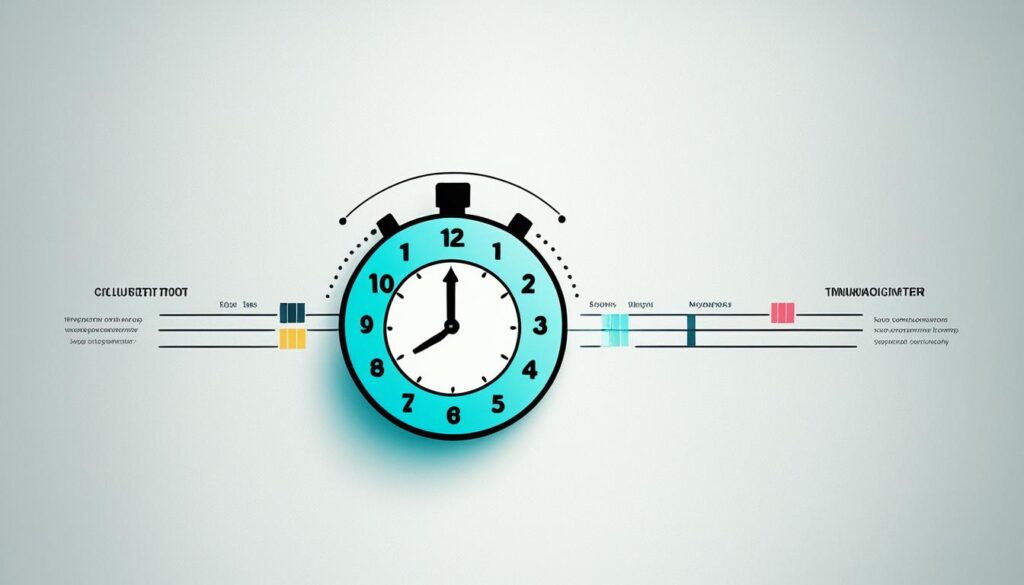
Utilising a Minimalist Approach to Goal Setting
Choosing a minimalist way to set goals means picking fewer but more important goals. This lets us focus our efforts better. Here are some tips:
- Set Clear and Concise Goals: Know exactly what we want to achieve with clear, reachable goals.
- Align Goals with Values: Make sure our goals match our values and priorities, making them more meaningful.
- Break Down Large Goals: Turn big goals into smaller tasks we can do now.
By focusing on what’s important, we can work on fewer goals. This leads to a deeper productivity boost. The minimalist approach helps us work smarter, not harder. It keeps us focused and helps us make steady progress towards our goals.
Adding these methods to our daily life makes us more efficient. It ensures our hard work matches our big dreams. This balance helps us do well in our daily tasks and reach our long-term goals.
Minimalist Productivity Hacks: Less is More
Adopting a minimalist approach to productivity can change everything. We’ll look at several effective hacks to make tasks simpler and more efficient.
Quick Hacks to Improve Time Management
Small changes can make a big difference in our Time Management Strategies. For example, focusing on just three essential tasks a day can cut down the number of tasks by 75%. This leads to a big boost in productivity. It also reduces mental stress by 80%, thanks to fewer tasks to worry about.
- Prioritise High-Impact Tasks: Focusing on one to three key activities daily can increase focus and intention by 90%.
- Single-Tasking Over Multitasking: Single-tasking improves productivity and brainpower. Multitasking can lead to poor focus and more stress.
- Intentional Breaks: Short walks can increase productivity by 60%. They clear the mind and prevent burnout.
Implementing Minimalism in Daily Tasks
Minimalism is about focusing on what truly matters. By prioritising tasks that match our values, we can feel 95% more joyful and fulfilled. Grouping similar tasks makes us 85% more efficient. Saying no to things we don’t need helps us stick to our values by 50%.
- Use automation for repetitive tasks to save time and mental energy.
- Go digital with paperwork and photos to reduce clutter and keep your space tidy.
- Take a few minutes before meals to enjoy your food, which can help you eat less and be more mindful.
Minimalism brings freedom and joy. Taking short breaks, like a five-minute mindfulness practice before meals, can cut burnout by 40%. These hacks help us achieve our goals, leading to a balanced Efficient Lifestyle that blends work and personal life well.
| Strategy | Efficiency Improvement |
|---|---|
| Prioritising high-impact tasks | 90% |
| Grouping similar tasks | 85% |
| Taking intentional breaks | 60% |
| Saying no to commitments | 50% |
| Strategic rest and relaxation | 40% |
Time Management Strategies for the Modern Minimalist
Living a minimalist life means we need to think differently about how we manage our time. As modern minimalists, we know it’s key to use time-saving techniques that are simple and focused. Time blocking is a great way to do this. It lets us set aside specific times for important tasks, cutting down on distractions and helping us concentrate better.
It’s also vital to set boundaries. By doing this, we make sure our time is used wisely on what’s really important. This leads to a more efficient lifestyle and less stress from taking on too much. Taking short breaks to check on our progress and tweak our plans is also helpful.
- Time Blocking: Allocate specific time slots for tasks to prevent distractions.
- Setting Boundaries: Establish limits to maintain focus on priorities.
- Reflective Pauses: Regularly review and adjust time management strategies.
These minimalist time management methods give us a clear plan. They help us deal with today’s challenges and technology in a way that improves our lives. Now, let’s look at some stats on how we manage our time:
| Time Management Strategy | Description | Outcome |
|---|---|---|
| Prioritising Tasks | Dividing tasks into necessary, urgent, and desirable categories | Improved focus and efficiency |
| Meal Management | Using techniques like home-cooked meals and meal kits | Reduced meal preparation time |
| Magic Question Strategy | Planning tasks effectively to ease future activities | Increased productivity and organisation |
By using these strategies, we can manage our time better. This leads to an efficient lifestyle that fits with minimalist values. By adopting these time-saving techniques, we make our schedules work for us. This helps us achieve a balance between our goals and everyday life.
Effective Time Allocation: Focus on What Truly Matters
We live in a world where every second is precious. With just 24 hours, 1,440 minutes, or 86,400 seconds daily, the key to a fulfilling life is managing time well. It’s vital to focus on high-impact activities and keep our schedules simple. This ensures we focus on what’s truly important.
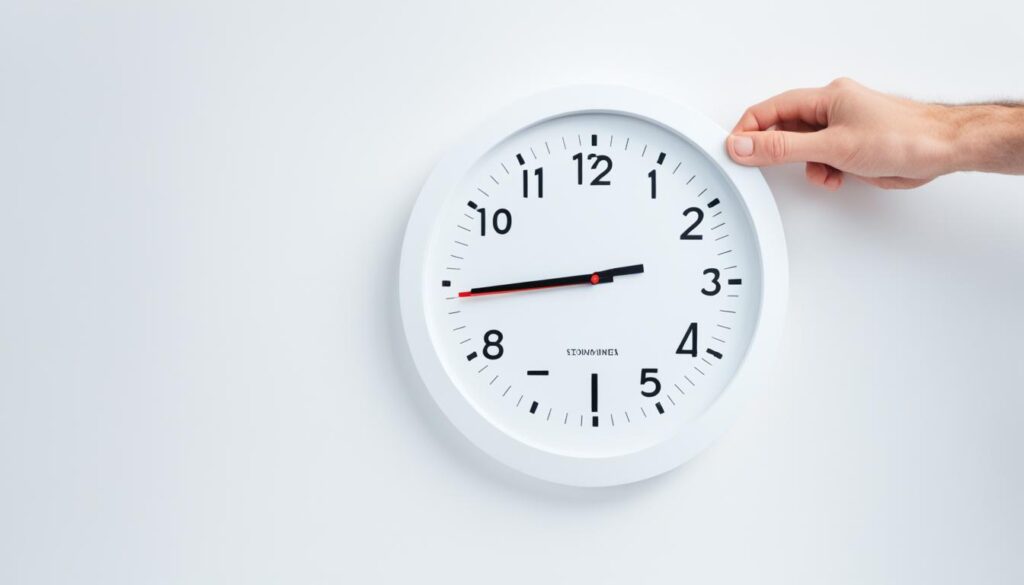
Understanding Time Allocation
Effective time allocation means planning how we use our time. It’s about recognising the value of our time and saying no to tasks that don’t matter much. By keeping a weekly time log, we can see how we spend our time and find ways to improve.
Prioritising High-Impact Activities
When we focus on high-impact activities, we put our efforts into things that grow us, help us contribute, and make us happy. Using simple time management, we sort tasks into urgent, not urgent, important, and not important. This way, we do what’s most important first, which makes us more productive and less stressed. Here’s a look at how to sort tasks:
| Urgent | Not Urgent | Important | Not Important |
|---|---|---|---|
| Answering an important email | Planning long-term projects | Exercising | Browsing social media |
| Meeting tight deadlines | Fostering relationships | Learning & development | Chatting aimlessly |
| Addressing emergencies | Strategic planning | Personal growth activities | Watching TV |
By adopting minimalist time management, we can better plan our days. We focus on important tasks and lead a balanced life. Proper time allocation boosts productivity, improves our well-being, and makes us happier.
Minimising Digital Clutter for Better Focus
In our journey towards minimalist time management, digital clutter is a big focus. By reducing digital interference, we make room for better focus and productivity. Let’s look at how to cut down on digital clutter and make our digital spaces simpler.
Reducing Digital Interference
To cut down on digital distractions, we need a plan. Start by unsubscribing from emails you don’t need. This makes your inbox simpler and clears your mind. Also, setting goals for how you use your time helps you stay focused on what matters.
Another good move is to enjoy missing out on things that aren’t productive. Instead of always being on social media, set times to use it. This keeps you productive and stops you from getting sidetracked. Remember, turning off non-essential notifications can also cut down on interruptions during the day.
Organising Digital Space with Minimalism
Having an organised digital space boosts productivity. Using simple task planning with your digital tools works well. Keep only the apps you really need and check your digital stuff regularly to stay clutter-free.
Our digital spaces should help us, not overwhelm us. Here are some tips to keep things balanced:
- Delete apps you don’t use every three months to keep your device tidy.
- Take a day off from the internet each week or have a digital detox weekend once a month.
- Only turn on notifications for the most important things.
Thinking about switching from digital to physical ways of getting information can also help. For instance, reading a newspaper instead of scrolling through news online can make you more focused.
Using these tips not only reduces digital clutter but also makes planning tasks simpler. This boosts our productivity overall.
Conclusion
Embracing minimalist time management changes how we live, focusing on what’s important. It’s not just about getting better at organising. It’s about making our lives simpler and finding time we didn’t know we had.
By using techniques like the 90 Day Rule and One In, Ten Out Rule, we make our days easier. This helps us set priorities that match our goals and values. Minimalism is also about living a life full of purpose and intention, not just getting rid of stuff.
With minimalist time management, our calendars become more organised. We avoid taking on too much and focus on what really matters. Techniques like simple task planning and productivity hacks help us stay clear-headed and focused.
This approach means we’re less distracted and use our time better. As a result, we get more done in less time. It’s a win-win for both our personal and work lives.
Minimalist time management leads to a more meaningful life. It helps us manage stress better and stay focused. We feel more accomplished and satisfied with what we achieve.
By cutting down on distractions and focusing on important tasks, we lead a balanced life. This leads to personal growth, better relationships, and success at work. In short, minimalist time management is key to a fulfilling life.

